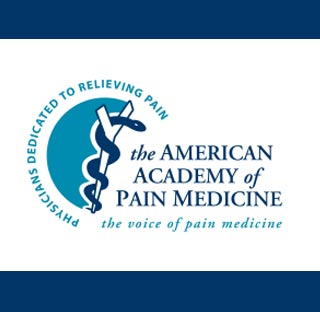
The study analyzed 170 procedures, mostly bilateral at one or two affected levels, in 58 patients who were treated with the mild therapy. Four validated outcome instruments such as the Visual Analog Score (VAS), Oswestry Disability Index (ODI), Zurich Claudication Questionnaire (ZCQ), and the SF-12v2 Health Survey were used. The outcomes of the procedure were scrutinized one year post treatment for all available patients. Participants seemingly had a 40 percent pain reduction with VAS scoring improving in 79 percent of the patients, from overall mean 7.4 pre-treatment to 4.5 at Year One.
“The fact that this is the first one year prospective, evidence-based study is very encouraging because there is very little one-year data on spine procedures in recent literature. This prospective study allowed us to gather data directly from the patients in real time, decreasing the biased data that is often accompanied with retrospective studies,” shared Timothy R. Deer MD, of The Center for Pain Relief in Charleston, West Virginia.
Functional mobility was reportedly better in 71 percent of the patients with overall mean ODI improving from 48.6 severe disability to 36.7 moderate disability. The ZCQ and SF-12v2 measures registered statistical and clinically significant improvements in pain as well as physical function. Scientists evaluated safety by close patient monitoring for any serious device or procedure related adverse event. After a year, zero significant adverse outcomes like dural tear, blood transfusion, nerve root damage, or hematoma were registered.
The study was presented at the American Academy of Pain Medicine’s 27th Annual Meeting.
